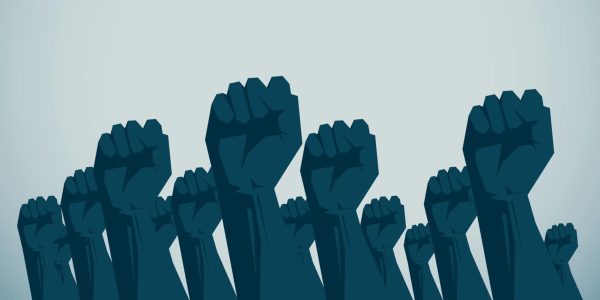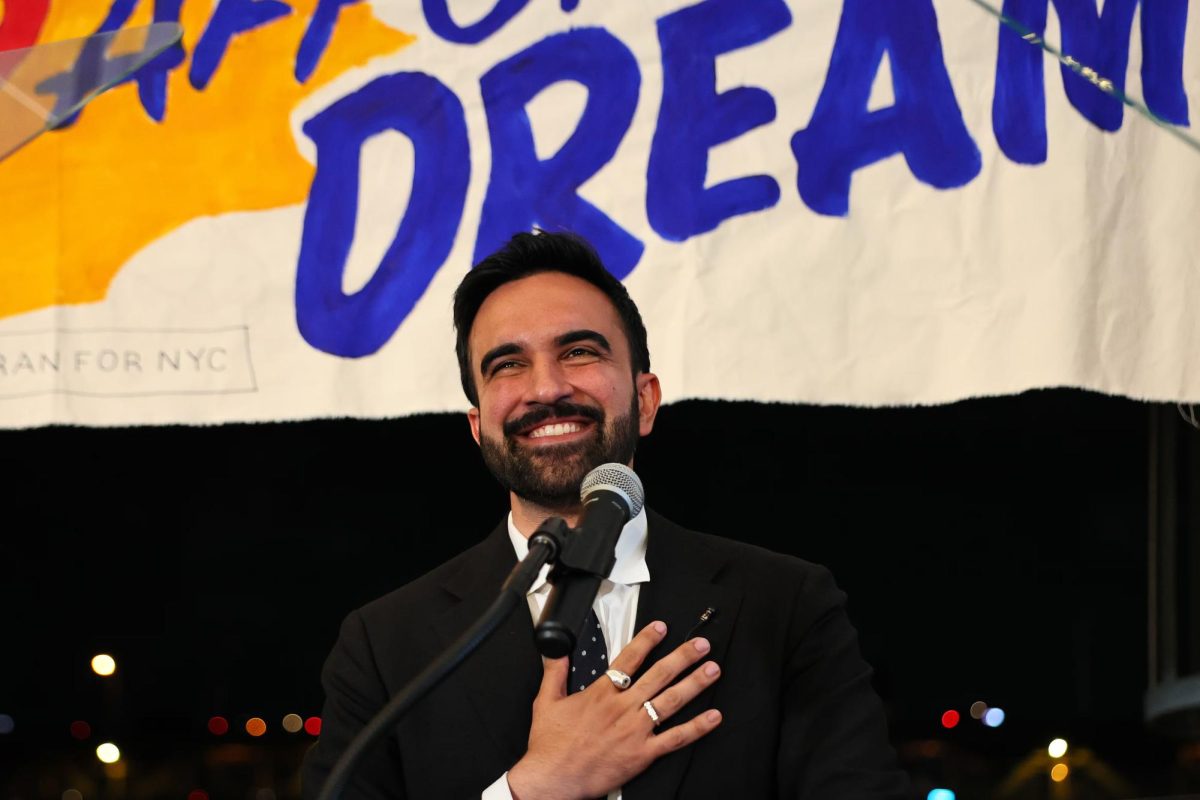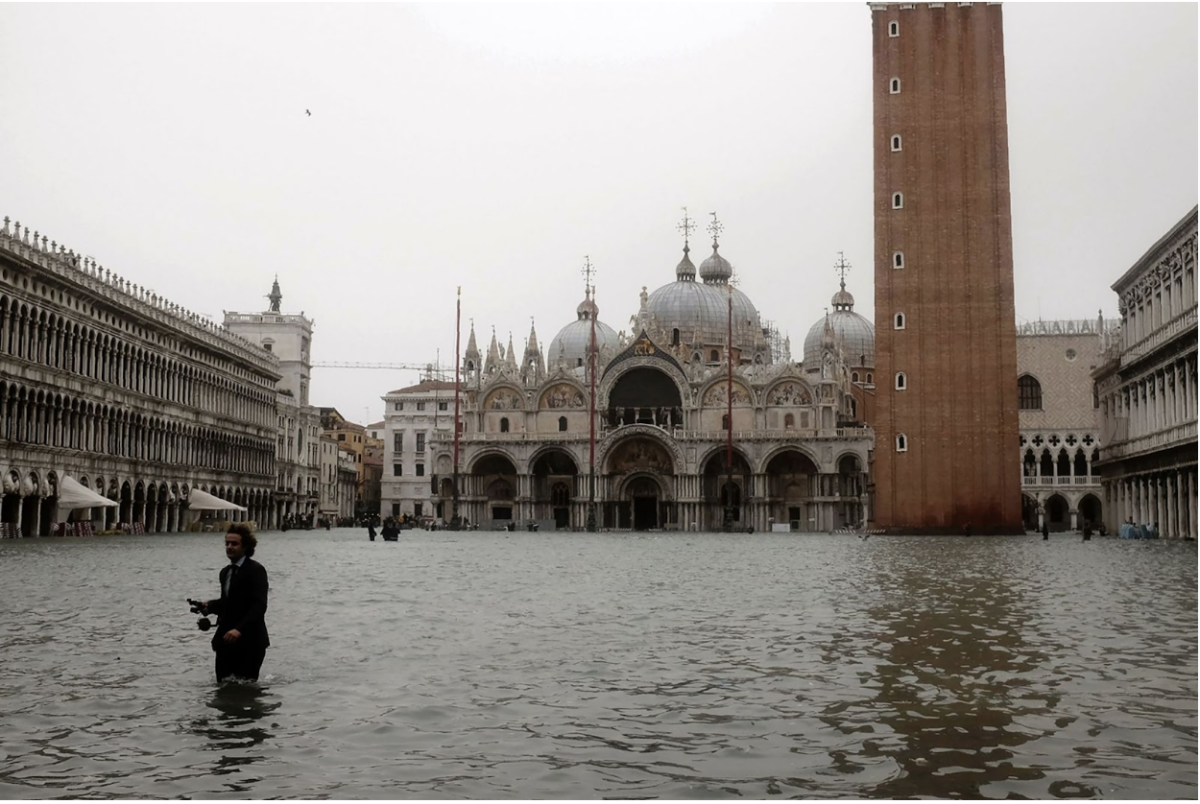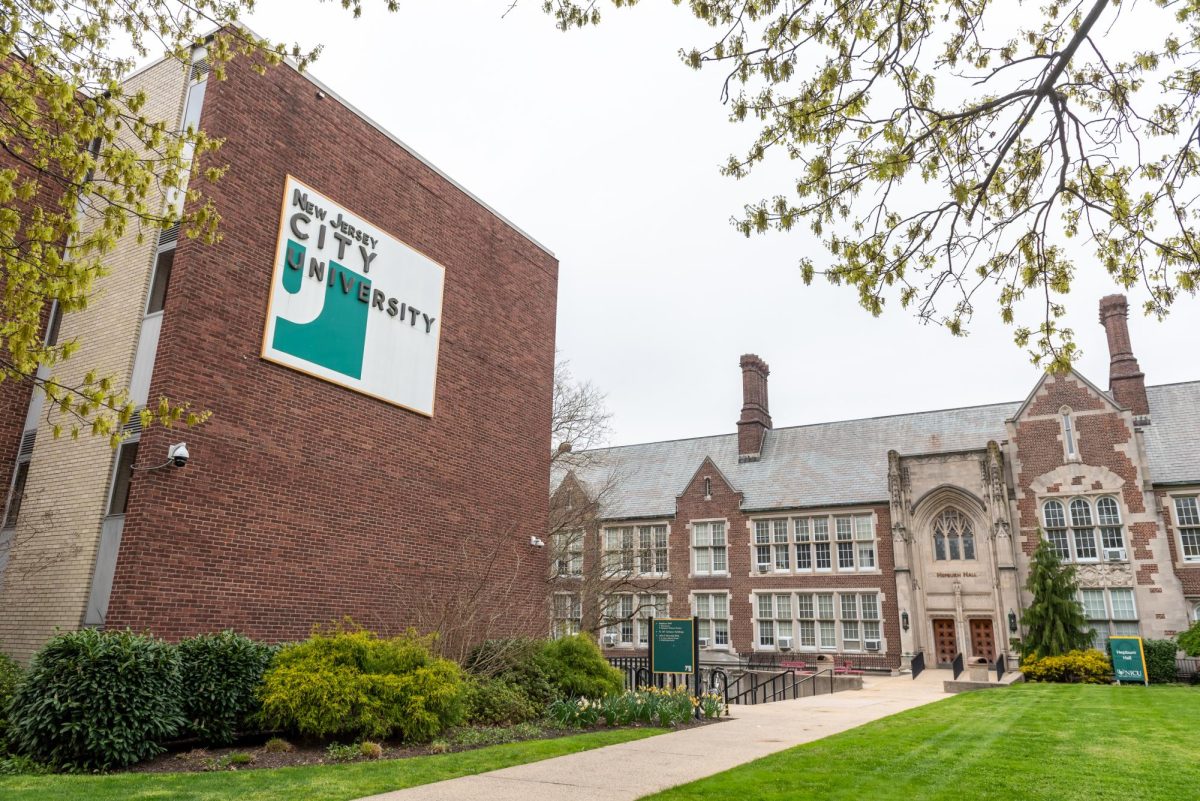As of June 24th, 2025, 33-year-old self-proclaimed “democratic socialist” Zohran Mamdani captured the hearts and attention of many New York City residents, finding himself victorious in the New York City Democratic primary election, where he will have the opportunity to face household-name opponents in the general election. These include Curtis Sliwa, the Republican nominee, and Andrew Cuomo, who, after his defeat in the Democratic primary, is still choosing to stay on the ballot for this upcoming November. So how did we get here?
Once upon a time, Zohran Mamdani was a name few New York residents were familiar with. But leading up to the primary elections, pretty stealthy I may add, Zohran has been quite successful in building his political brand and persona on a national scale. The question shifted from “Who is Zohran Mamdani?” to “Who else but Zohran Mamdani?” And in order to understand this sudden surge of excitement pulsating through the vibrant streets of New York City, we must first understand what he’s running on and the environment he’s working with.
New York City’s atmosphere has increasingly become a crime-ridden, unaffordable living destination, raising questions about whether the city’s priorities truly serve its residents. Statistics and empirical evidence would state the contrary and insinuate, rather factually and in some cases unfactually, that New York City has improved in all aspects of life. According to Mayor Eric Adams and the NYPD, crime has mildly gone down in the span of one year, with 429 murders taking place in the year 2022 depleting to just 380 murders in 2023 alone, that’s about an 11% decrease. This is just one trend among many. And while this is correct on paper, my anecdotal experience views the contrary, and not to mention the vast majority of New York City residents would argue differently given their perceptions.
Walking through the streets of New York City, right at the center of the Bronx, I see drug camps all over the street, infested with homeless people begging for any change one person has, even going as far as to harass civilians. And while I’m speaking on behalf of myself, there are countless experiences to be noted. According to the Siena College Research Institute, it is reported that 87% of city residents say that crime is a serious problem, and 57% say crime lies right in their city and communities. This is not a one-off phenomenon; this is the NYC experience of a resident. And it’s not just crime. The soaring cost of living makes this city feel even more unlivable.
The five boroughs of NYC have through the years seen a surge of renting prices, each borough with differing set median prices. Staten Island has a median rent of $2,800, while the Bronx has seen its median rent rise to $2,200, making this the most affordable borough. Then comes Queens, with a $3,160 renting median, Brooklyn slightly higher with a $3,423 budget, and highest of all, with a rate 148% above the U.S. average, ranks Manhattan with a median rent of $5,778.
Crime and affordability certainly don’t make New York City unrecognizable, as this state has always grappled with these issues. However, residents have become intolerant, impatient, and desperate for drastic reform. Zohran was able to seize this opportunity and shined in all his glory, convincingly able to appease citizens with his charisma, his light that seems to brighten the dark times of New York, and most importantly, his future and vision for the city.
Speaking more on his vision for New York City, we must briefly familiarize ourselves with his platform, his proposals, and key takeaways. Among the many ideas he has spouted, I will purely entertain economic-related policy, as he is running as a socialist; therefore, one must entrench themselves in such economic philosophy.
As for what he has proposed, the list ranges and includes city-owned grocery stores, free city bus services, rent freezes, universal childcare, a minimum wage of $30 an hour, and a higher tax rate on the wealthy as well as corporations which is to be assumed how he will produce the funds to make all of these free programs available. Many New York City residents welcome these policies, seeing them as relief from the city’s rising costs. Critics, however, caution that citizens may not fully understand the implications and consequences of all these free programs, especially in a city such as New York.
Zohran could very well be the first victorious Democratic nominee to run on a socialist base in NYC, and I presume there are valid reasons for the absence of socialist front-runners: socialism is inherently oppositional to New York City and its economic framework. This could lead to an economic revolution, tearing down the old institutions and establishments and ushering in the new. It may be brutal, and it is uncertain whether NYC will be able to withstand such drastic changes.
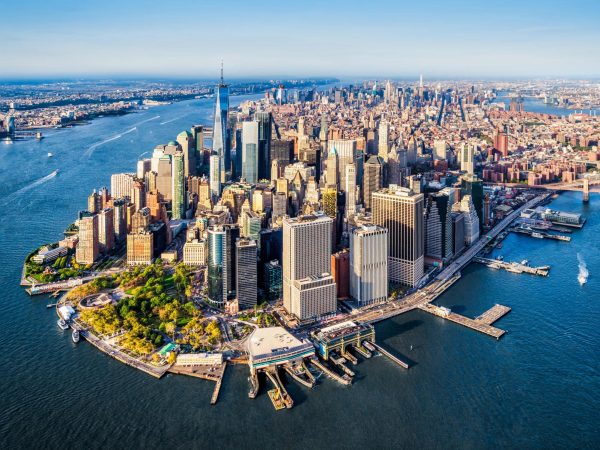
Now, it is not totally fair for me to prescribe socialism as oppositional to that of New York City without first defining what socialism is, and second, what economic framework the city runs on. Socialism is one of those terms with differing and variant meanings, and when socialism’s implementation occurs, it is often dismissed under the guise of denying the very system that has taken place.
In general terms, socialism is an economic system in which a centralized authority controls key industries and resources for purposes determined by that governing body. This could be aimed at reducing inequality, ensuring basic needs are met, or, as history has shown, used for more sinister ends.
But just to pull from Zohran’s own words, he believes socialists should rise and be unapologetic of their intention to “seize the means of production.” He also stated on NBC’s Meet the Press, “I don’t think we should have billionaires, because… in a moment of such inequality…” While these claims hold a perceived feeling of truth value and accuracy, critics contend this couldn’t be further from the truth, arguing that such policies risk undermining economic incentives and growth.
In the words of Brooklyn Councilwoman Inna Vernikov, who was formerly a native of Soviet-controlled Ukraine, “our home countries were destroyed by ideas that came dressed in pleasant, persuasive packaging.”
Observers note that these ideals may be incompatible with those of the United States, but to an even higher degree, they are in contradiction with the ideals of the city of New York. The city is by far the international center of finance and has been described as a global economic powerhouse, opening gateways to ambitious entrepreneurs, young and old alike, who are looking for opportunity. People come to this city to start businesses, pursue careers, and chase their dreams in a competitive environment, where diversity of ambition is uplifted, not cut down at the feet.
Franchises, businesses, leaders, influential persons, and even citizens, many of whom have spoken out, are all what make New York, New York. But some will soon make their grand exits. And why is that? For several reasons they cite, ranging from policy decisions to questionable statements made by Zoharan, some of which have been briefly listed above. I want to take the time now to further explain specific reasons and the possible implications of each proposal.
One, city-owned grocery stores. Not only is this a controversial idea, but it is also not new to citizens of America, or even to people historically and internationally. Just a couple examples to name are the towns of Erie in Kansas, Baldwin in Florida, and even foreign cases like the state-run grocery systems of the former Soviet Union.
What do all these places have in common? They failed, and they failed for the simple reason that politics can’t run a grocery store. You, as a consumer of these products, end up paying the price in more than one way. Americans pay at the checkout counter, but also through the severity of taxpayer money lost in the process of keeping these government owned stores open. This example sets the stage for understanding the challenges of other ambitious proposals.
The second proposal, a $30 minimum wage, also appears straightforward on the surface. While it sounds like a common-sense idea and even an exhilarating one, the devil is in the details. Over 99% of NYC businesses are small, collectively employing about 47% of the city’s private sector workforce.. Implementing such legislation could have catastrophic effects, not only threatening businesses and entrepreneurs but also leading to significant job losses and mass layoffs.
Finally, Zohran claims he will fund these free and cheaper programs through a 2% tax increase on the “rich.” On paper, it seems manageable, but history has repeatedly shown that such tax hikes can unintentionally harm, rather than strengthen, economies. According to his plan, the local income tax rate for those earning around $1 million would rise from about 3.88% to 5.88%, effectively increasing total taxes for high earners by 50%. Such measures risk stifling innovation, curbing creation, and disrupting safe competition.
Even assuming that citizens and politicians couldn’t care less about the industries being dismantled, what is worrisome is that the rich are rich enough to just leave, to avoid increases in local tax, and the high state, income, and property tax already imposed. If they leave, one of two things will happen: either these free programs will be rejected, or the middle class will wind up subsidizing such programs.
As Bill Ackman warned, “it only takes a handful of successful people to leave to decimate the city’s tax base?”
These are the concerns being voiced by those who are wary of the direction things seem to be heading. Setting these concerns aside, it is worth taking a closer look at why so many are excited about Zohran Mamdani. When it comes down to it, the reason is simple: New York City citizens are exhausted. They are tired of being promised better times only to be disappointed. They are tired of systems that were supposed to be fixed yet fail to deliver. They are tired of leadership that seems out of touch and neglectful. This sentiment is local, but it reflects a broader national attitude.
Consider this statistic, According to Pew Research, 66 percent of Democrats view socialism positively while only 42 percent view capitalism favorably. Socialism is rising in popularity while support for capitalism appears to be declining.
Many see socialism not as the perfect answer, but as a potential solution to the housing affordability crisis, to mounting debt, and to the growing dissatisfaction with living conditions. So, are citizens ready to embrace socialism? Has history taught them otherwise? Or is history simply not a reliable indicator of what might succeed in the future? These are questions each New Yorker must confront as the city wrestles with its next chapter.
